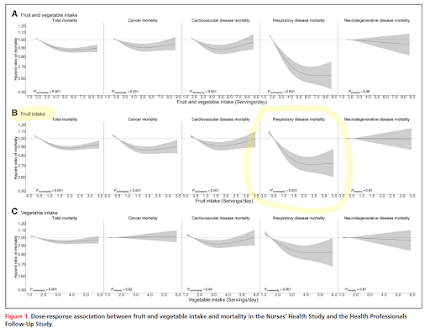I learned something about longevity from a cat video
There are a number of research programs that study interventions for increasing lifespan and healthspan in animals (dogs, mice, flies, nematode worms) with the aim of finding successful interventions that could be translated to humans. The Dog Aging Project enrolls companion dogs in observational and interventional studies on aging; it seems a worthwhile endeavor even if treatments are not applicable to humans as improving the lifespan and healthspan of dogs is worthwhile for its own sake. To date, however, there has not been a similar project for cats - or has there? I watch a lot of cat videos and came upon one that reported ultra-longevity in a number of cats apparently achieved through diet and lifestyle interventions implemented by their human companion, Jake Perry. It seems strange that I learned about this from a cat video rather than through all the longevity-related media I consume. https://youtu.be/CXGCJeH4e-w?t=32 An article by Christina Couch published in...
